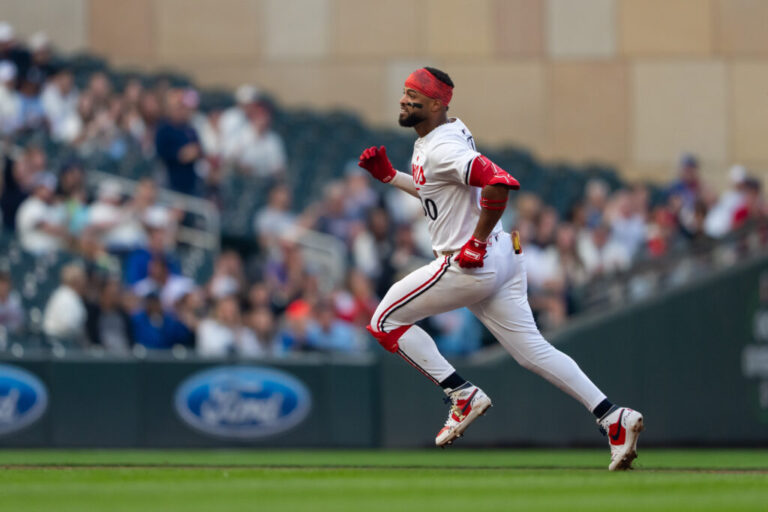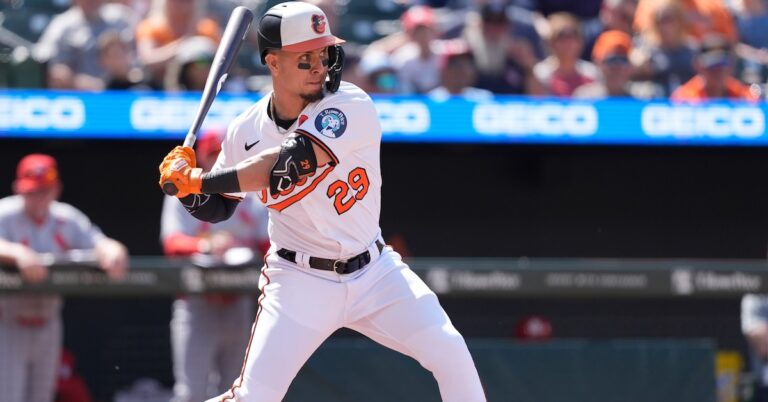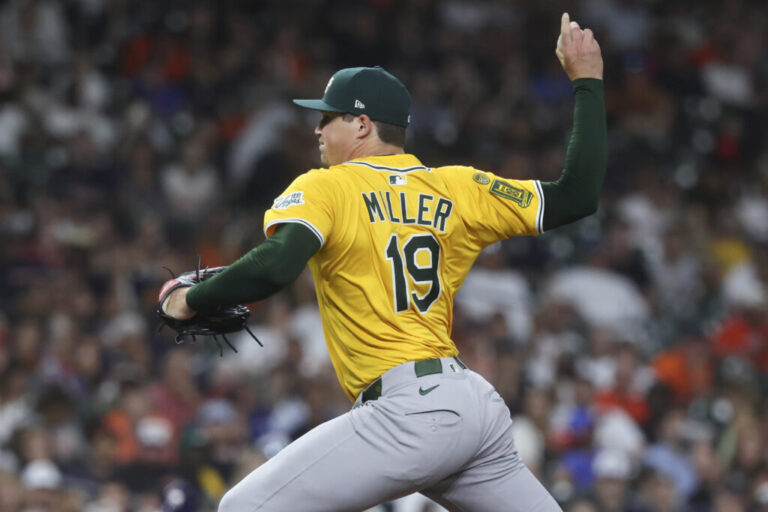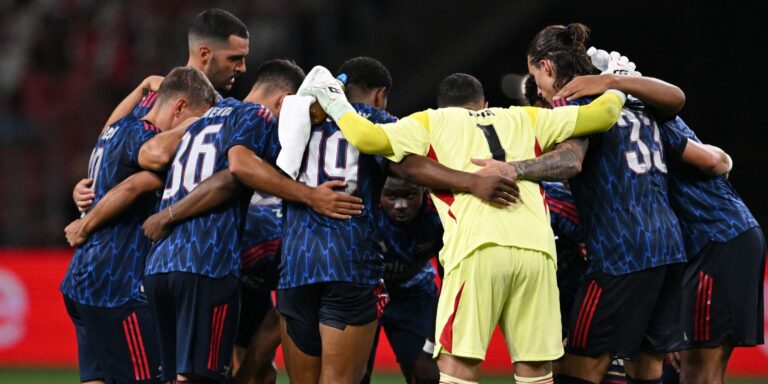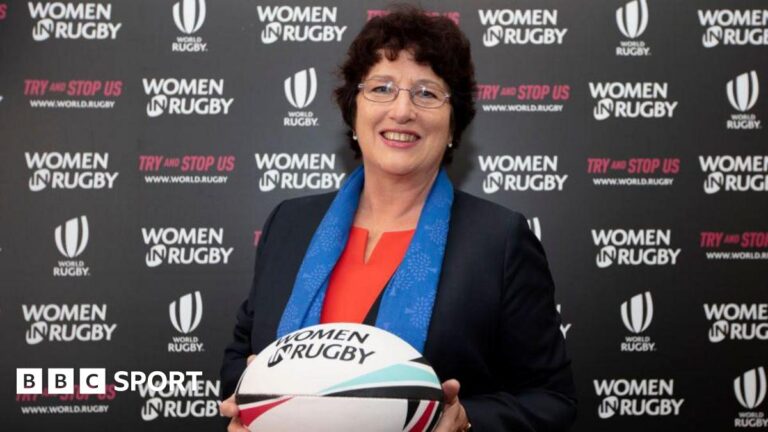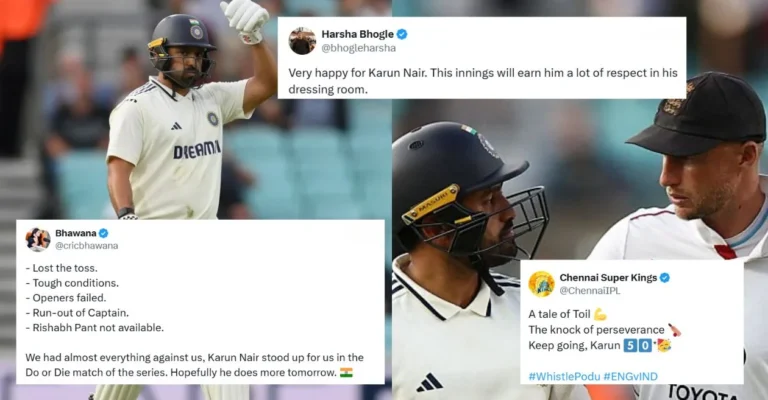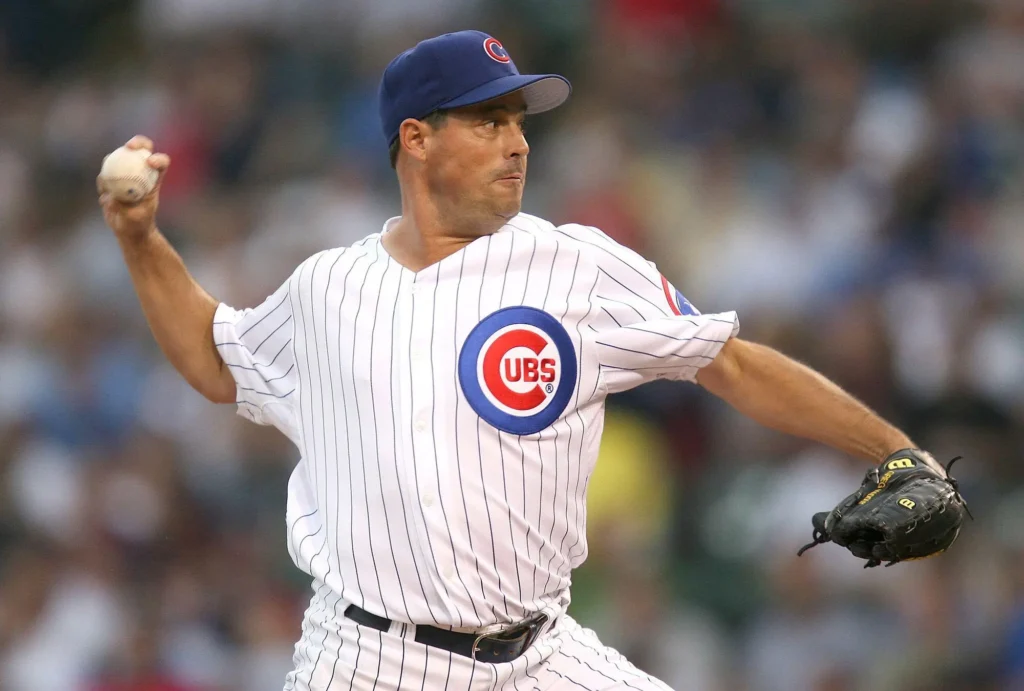
Here’s the other thing: Maddux did have stuff.
Friedman once stumbled upon an early game in Maddux’s career with radar gun readings and Harry Caray on the call.
“He threw a changeup 83 [mph] and they were like ‘Oh my God! He threw a changeup at 83!’ Like it was a high-velo pitch because they are used to guys throwing 85-87 [fastballs],” Friedman said. “(Maddux) said he was one of the hardest-throwing people on any team he was on. He said he topped out at 93-94 (mph) and people weren’t throwing that hard.”
One reason why the aforementioned Scribner had a forgettable career despite being the only pitcher we tracked that was in the same galaxy as Maddux in terms of command? He averaged 90 mph with his fastball in the mid 2010s.
Maddux had stuff. He even harnessed seam-shifted wake before anyone knew what it was.
Yes, if 1995 Greg Maddux hopped in the DeLorean time machine and arrived at the Truist Park mound to pitch for the Braves tomorrow, he would be below average in terms of his velocity.
But for his time, he was a pitcher with above-average stuff in terms of velocity, in terms of spin, in terms of the movement on his two-seamer that he would start at the hip of left-handed batters, who helplessly watched it dart back to the shadow zone.
Driveline Director of Youth Baseball Deven Morgan hears the Maddux narrative often.
“There is just a weird amount of internal cognitive dissonance about the way his career is framed relative to velocity, command, and his having something like three or four plus pitches,” Morgan told me. “My anecdotal experience is that guys who prop up Maddux … treat it like a foregone conclusion that if you don’t focus on velocity development then all these Maddux-esque traits are just going to fall into your lap and, man, it just doesn’t work that way.
“Logically, I think we’d all agree that outlier command is not a thing that just happens because you’re throwing slow, but that’s the suggestion.”
Maddux’s arm was not moving slowly.
And to enter the professional game, or play at Division I college, arms must move faster.
The incentives are only moving toward building better stuff.
Amateur pitchers are well aware they are unlikely to be drafted early unless they feature big stuff.
On a Perfect Game player page, fastball velocity is the metric featured in the largest font.
And employees of pro teams, of high-level college programs, know they can better justify an evaluation miss on an arm with stuff compared to one without.
“Velo sells,” Friedman said. “My thing is with every dating service, for men or women, they always think they can fix whatever as long as they are attractive to them. And velo is one of those things. You never get fired from your job by bringing in a guy throwing 100. If he doesn’t succeed, it’s on that player, ‘He just didn’t buy into my system.’ But if you bring in someone throwing 85 and, say, ‘Well, he’s a command guy. He has a great feel for pitching,’ and it doesn’t work out, it’s on you. It’s your judgment.”
Mikolas sees a shift to favoring stuff over command because it’s easier for teams to build and adjust from there.
“It’s easier to take a guy that throws 100 and ask him to dial it back a tad and throw some more strikes. It’s easier to do that, to have a big engine and tune it back, than to try to get the most out of a Honda Civic,” Mikolas said. “We can take a Porsche and tone it down so it runs great and the engine doesn’t overheat, and it still runs very fast. That’s the opposite of trying to get the same thing out of a Honda.”
Now there are some edge cases like the 2016 Cleveland Guardians draft in which the club targeted strike-throwing college arms – Honda Civic types – in Shane Bieber, Aaron Civale and Zach Plesac and added stuff to them. They all became MLB starting pitchers to varying degrees of success.
But teams are generally beginning with stuff and working from there, Mikolas said.
“I know there are a lot of orgs, a lot of teams, where they are just teaching – especially with guys that throw hard, that have stuff – they are just (having catchers) set up down the middle,” Mikolas said. “They tell the pitcher ‘Just aim down the middle,’ because, realistically, if the majority of pitchers aim down the middle, it’s not going to be down the middle. It’s going to be away. It’s going to be down. It’s going to be up.”
The average miss distance by an MLB pitcher from his intended target is about a foot.
